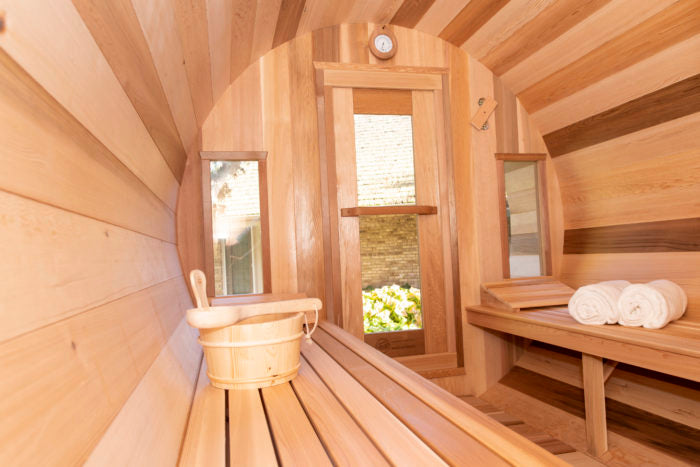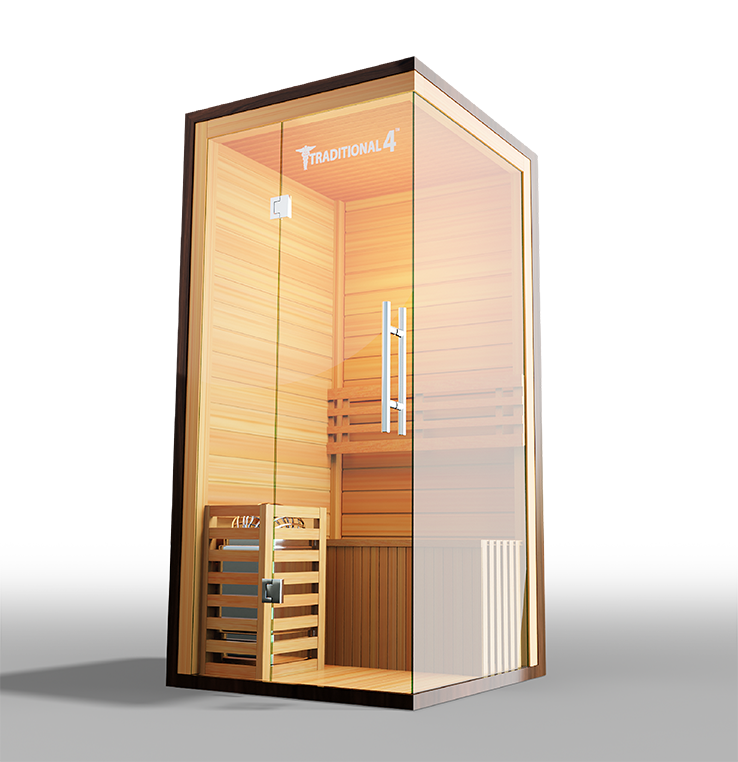Some Known Facts About Traditional Sauna.
Table of ContentsGetting My Traditional Sauna To WorkTraditional Sauna - QuestionsTraditional Sauna Fundamentals ExplainedRumored Buzz on Traditional SaunaThe Definitive Guide to Traditional Sauna
A lot of the weight lost in a sauna is water loss and is re-gained upon rehydrating. Without a question sauna can be a crucial component of a healthy and balanced weight loss program. To take a look at the differences between typical and IR saunas, I will divide these right into proven, academic, and fabricated differences.Thus, the hottest point in the saunawhich goes to the ceiling straight over the sauna heateris normally in between 185 and 190 F. Claims that a standard sauna goes beyond 200 F is just not true and not applicable for electric saunas sold in the US. The temperature level for a far-infrared sauna is generally established in between 120 and 140 F; nevertheless, unlike the conventional sauna, the goal in and IR room is not to achieve a heat.

When a traditional sauna has actually been appropriately warmed, the sauna wall surfaces are warm, the air temperature level has attained established temperature and the rocks are super warmed. As an interesting side note, the heated wall surfaces and the rocks are emitting far-infrared warmth, combined with the warmed air, to create an "enveloping heat".
Traditional Sauna for Dummies
When the heat is accomplished, the components cycle on and off to keep the heat. The majority of conventional sauna customers enjoy pouring water over the rocks to produce vapor to elevate sauna humidity degrees. The advantages of putting water over the rocks consist of: making the space much more comfy, dampening the nasal flows, and allowing the usage of aromatherapy by blending vital oils with the water.

When the power enters the body, it triggers the body temperature level to boost and inevitably causes sweat. In an infrared sauna it is necessary for the emitters/heaters to remain on almost constantly. Given that there is no mass of rocks to retain heat, the sauna will certainly cool down if the emitters closed off.
Fascination About Traditional Sauna
As stated over, the sauna bather in an infrared space desires to place himself before running emitters to get optimal gain from the heat. The home heating time for the 2 spaces can be extremely different, depending on just how the spaces are made use of. For a standard sauna, a bather must allow 30-40 mins for the room to accomplish a desired temperature level and to appropriately pre-heat the rocks.

A well created sauna will typically achieve a temperature level of 150-160 F in concerning 30-40 mins. For hotter temperature levels, the area may require to warmth for a longer duration.
To some, 15 mins was "squandered" while the infrared power warmed click this the timber panels instead of heating up a body, while others locate a pre-heated room to be a lot more comfortable and believe a raised starting temperature level is necessary to begin perspiring. The length of recommended use for every area is about the very same (10-15 mins per session); nevertheless, because of the lower air temperatures and the ability to really feel the impacts of infrared warmth quicker than a conventional sauna, it is not unusual for an individual to spend an overall of 20-30 minutes in an infrared sauna.
Traditional Sauna - Truths

The ordinary price per kWH of electricity in the U.S. is around $0.11, so a 4.5 kW heater will set you back about $.50 to run for one hour, if the heating unit runs continuously for one hour. Typically a sauna heater will compete 75% of the initial hour and 50% of subsequent hours on because the components cycle once the established temperature is accomplished.
A two person far-infrared area is generally literally smaller than a typical sauna, often concerning 4' x 4' or smaller. The IR heater is commonly 1.5-1.7 kW utilizing a 120 volt 15 amp plug-in solution. Considering that the room can be used quicker than a sauna space, we will presume the room is used for to of an hour consisting of warm up time.
There is redirected here a seldom talked about distinction in the social experience between the 2 rooms. While our society has actually lost some of the social benefit of the standard sauna experience, it can be very socially fulfilling (Traditional Sauna). From household time in the sauna, to heart-felt conversations with better halves, to sauna partiesthe standard sauna experience can lead to intimate interacting socially
Fascination About Traditional Sauna
Most greater end infrared spaces consist of tinted light treatment, audio systems and full-glass fronts.
Comments on “Top Guidelines Of Traditional Sauna”